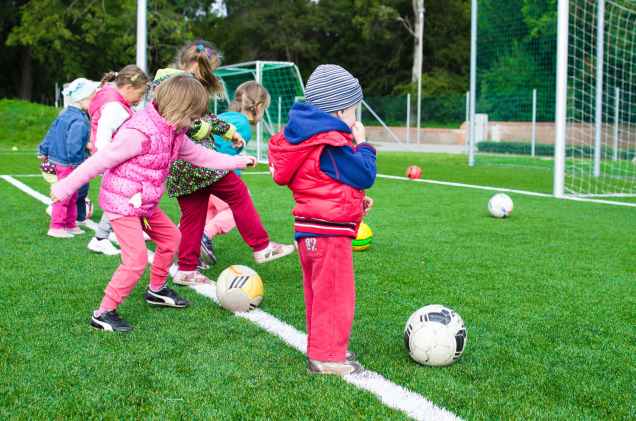
I recently had someone question how I deal with paper clutter in my home. I’m so glad you asked!
Paper is definitely something that has the ability to accumulate quickly since it seems to come at us from all angles! Junk mail from the mailbox, flyers and forms from extracurricular activities, kids’ art and graded papers from backpacks, and even receipts or lists from your purse or desk can accumulate on countertops, refrigerators, and organization boards. It soon becomes a pile (or multiple piles) of clutter that can easily get out of control.
As a minimalist, rather than constantly “tidying up” or organizing clutter, it’s much more important to stop the flow of these items into your home before it becomes a bigger problem. We are the gatekeepers to our homes! We decide what may come in, and what must go. The same is true for paper.
Here are some tips for stopping paper in it’s tracks, before it becomes clutter:
- Reduce the influx of paper by opting for paperless bills. It’s 2019, but many people still receive paper bills in the their mailbox. Sign up for paperless, digital bills when you can. You’ll be able to pay the bills online and eliminate unnecessary paper from entering your home. This also includes credit card and bank statements.
- Eliminate unwanted credit card offers. If you receive unwanted preapproved/prescreened firm offers by mail, you can actually opt out of these offers by going to this website. It does require you to enter your social security number as if you are checking your credit score, but if you receive them regularly, it could be worthwhile.
- Better yet, just recycle BEFORE you enter your door. If #2 makes you uneasy, receiving a ton of credit card offers won’t matter when you’re tearing them up directly into the recycling bin before you even enter your home. This is actually beneficial for all unneeded papers. Have a recycling bin by the door so that after you check the mailbox, or when you’re coming in from the car after picking up kids from sports or school (they never fail to have a flyer or backpack full of papers!) you are able to toss junk papers before they can accumulate inside. We have a recycling bin that we pass on our way through the side entrance of our home. We throw away any unneeded papers before walking in, and only bring in the papers we need. I’ve been known to toss kids’ paper art projects directly into our recycling bin. #sorrynotsorry
- Use a one in/one out rule with A+ papers and kids’ art. When our kids bring home an excellent test grade or a beautiful art project, we make sure to sing their praises! But then they get to decide if they want to replace the current masterpiece on the refrigerator, or recycle it. It’s their choice to make, but only one can stay. By allowing them to do this, we’re not only teaching them to make difficult decisions, but also planting the seed for future minimalists. If the idea of throwing away your child’s latest treasure makes you (or your child) cringe, you can also take a photo of the special memento and keep it digitally…forever!
- Organize the clutter where it lands. When paper clutter does manage to infiltrate the home, watch where it tends to accumulate–THEN organize it. If you notice paper constantly piling up on a particular kitchen counter, put a small letter bin there. At the end of the day or week, go through the letter bin and make three piles: ACTIVE/PENDING, FILE, and RECYCLE. The “active” pile is for things things waiting for an action from you (a field trip permission slip, a bill that needs paid) or even something you use regularly (your child’s school lunch menu, the weekly grocery list). Take care of the active pile right away (sign the form and return it, or hang the school menu on the fridge). File the things that don’t need to be sitting around (legal documents, tax receipts). And finally, recycle anything else that is leftover (this is typically junk mail, old magazines, expired coupons, or outdated flyers). Feeling lighter yet?
- Finally, use Evernote to turn paper clutter into easily organized digital files. Most of the time we do not need to keep originals of the papers we choose to “file” or hold onto. Keep a small file folder or lock box for the originals of important documents like living wills, licensing certificates, birth certificates, passports, upcoming paper concert tickets, etc., and then use Evernote to file the rest digitally. You can even use it for some of the reference items in the previously mentioned “active” pile, in lieu of hanging things on the refrigerator or in a family organization station. This is the perfect place for school handbooks, recipes, coupons, flyers for reference…you name it. I eliminate most of my paper clutter by recycling it or saving it to Evernote by snapping a photo and saving it as a document. Give it a try!
Even in a very digital world, paper clutter may never completely go away, but I hope these tips are helpful for you as you attempt to reduce the stress of excess in your home.
Do you have your own clutter-busting tip? Leave it in the comments! I love to hear from you!
-BethAnn



